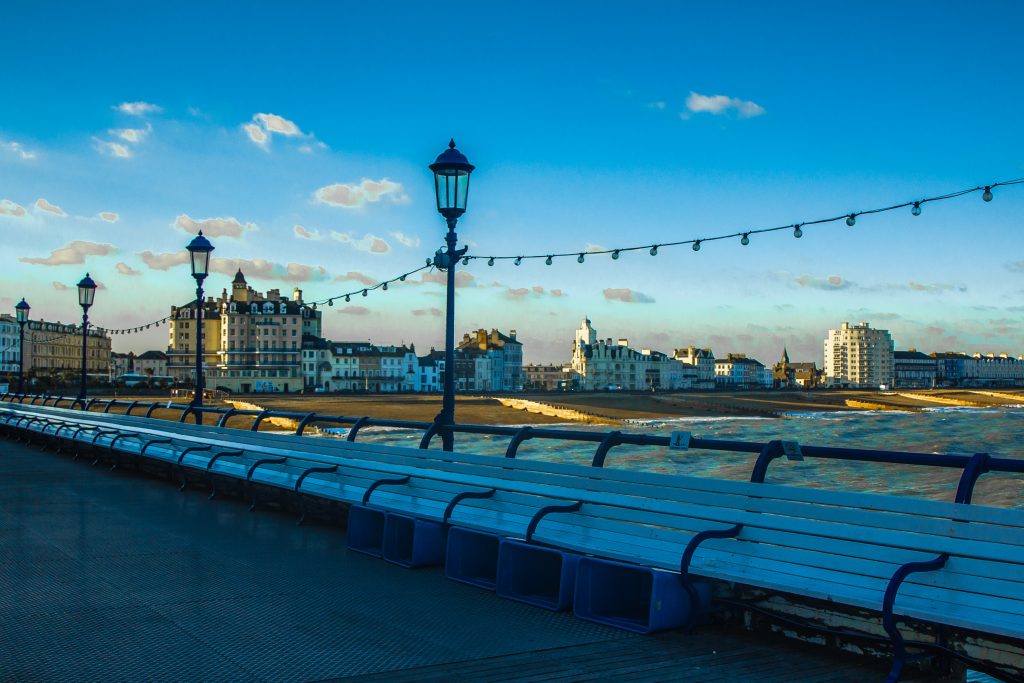Compromise, conciliation, and consultation, all seem such reasonable words, and opponents to cycling often use them against Bespoke Cycle Group. They are perhaps partly the reason that active travel (buses, cycling and walking) in Eastbourne is in decline.
The Eastbourne Cycling Plan makes reference to the need for a strategy, reducing congestion, pollution and improved public health, along with a network of cycle routes that includes the controversial one along the seafront from Fisherman’s Green to the Pier.
It all sounds familiar, until you realise that this is the 1994 version. Quite usefully it shows the data from 1981. The share of trips by car was 40%, bus 14% and cycle 4%. Now the shares are 70%, 5% and 2%. The current scheme that requires Bespoke to “compromise” is the Covid-19 seafront cycle lane. East Sussex County Council decided this week it wants further consultation. It is a difficult choice for Bespoke to make. The seaward side was bid through Covid-19 funds, and was a segregated, safe and secure route. In fact, probably the one specified over 25 years ago. The landward option, not shared with Bespoke, is mainly paint on the road. In its favour are a 20mph speed limit and some signage. Unfortunately, it will be like the rest of the cycle infrastructure in town and hardly fit for purpose.

But for Bespoke it may be “take it or leave it”. It is the type of poor solution that compromise, conciliation and consultation create. It looks like not all the Covid-19 money will be spent and there has been the suggestion that ESCC’s new bid for Tranche2 will partly fail. ESCC acknowledge that “whilst emphasis [from the national guidance expects] schemes which enable the reallocation of road space for pedestrians and cyclists” their bid is around “footway surfacing and kerbs”.
Because 70% of trips are undertaken by car, this dominates the whole approach to transport within the county. Even to the extent that councillors, businesses and shops overestimate the number of people using cars and their relative spend. Considering this it took a certain strength, perhaps against the views of some of the residents, for Councillor Tutt to support the seaward side, as he did at the Transport committee.
For all the ESCC investment, the gold standard test is the actual cycle numbers. The new DfT statistics by Local Authority show no improvement across the county in the last 4 years. For those who cycle once a month, East Sussex, as one of the 25 similar shire counties, has only one county that performs worse.
In conclusion, there is no evidence that the current approach, via consultation and compromise, with the most powerful groups getting their way, will achieve any significant changes in road congestion, public health, pollution and CO2. The requirement is still for a limited number of safe, segregated and secure routes into town. This would be in line with the new DfT guidance, where they clearly state that paint on the road is no longer enough.
Paul Humphreys
Bespoke & Cycle East Sussex
Photo credit: Paul Gillett
